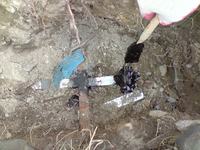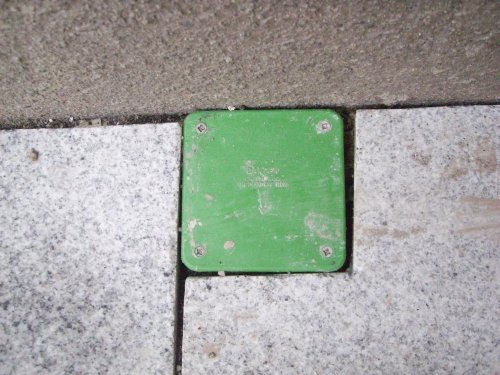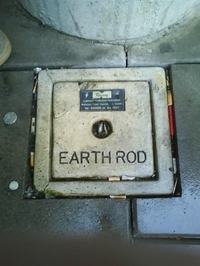Hello!
Quote: Pins, 4 pieces, were stuck about 3/4 into the ground and an 8 mm wire was put on the clamp as the conductors from the lightning conductor. Someone should have designed it, measured it and received it. So when recommending people to "recommend" people "with papers" it is worth pausing and using common sense. Cannot tester recommend something?
What does it mean
stuck about 3/4 into the ground ?
And what wire is to be led to the control joint placed in the manhole at ground level, since the above-ground part was made with a wire of this diameter?
How can you be sure that this installation is not designed?
I understand that my colleague questions such an increasingly used solution.
So please give me some specific and credible reasons
Quote: The foundation earth electrode is not only not always in the building but, what's worse, is not always made in newly constructed buildings. You have to dig.
A new building without a foundation earth electrode is a mess. And any replacement of its absence with other solutions will never be a professional solution.
Quote: In April 2007, lightning struck my friend's house. It had a lightning conductor so the fire did not occur. However, the entire electrical installation and the electronics connected to it were damaged. Since then, I have been offering surge arresters and good earth electrodes to everyone with whom I install.
Maybe a colleague does not know, but the existence of a lightning protection system goes hand in hand with the use of lightning arresters (surge arresters) and the resistance of their earthing must not exceed the previously mentioned value. So my colleague has not come up with anything new here.
Quote: The GSW resistance does not matter from the point of view of protection against electric shock? In TT too?
Let's leave the network layouts. Let's focus on equipotential bonding. This is what GSW is primarily for.
Do not provide premises for asking (uncomfortable) questions, they will not appear.
Moving control joints from the facades of buildings to manholes located below the ground level is a fully professional solution. It improves the aesthetic experience (each lightning protection system is unsightly) and, above all, prevents the effects of devastation.
These solutions will be more and more widely used in Poland, regardless of whether your colleagues like them or not.
So any further discussion to discredit them is futile and pointless.



 [/ img]
[/ img]



